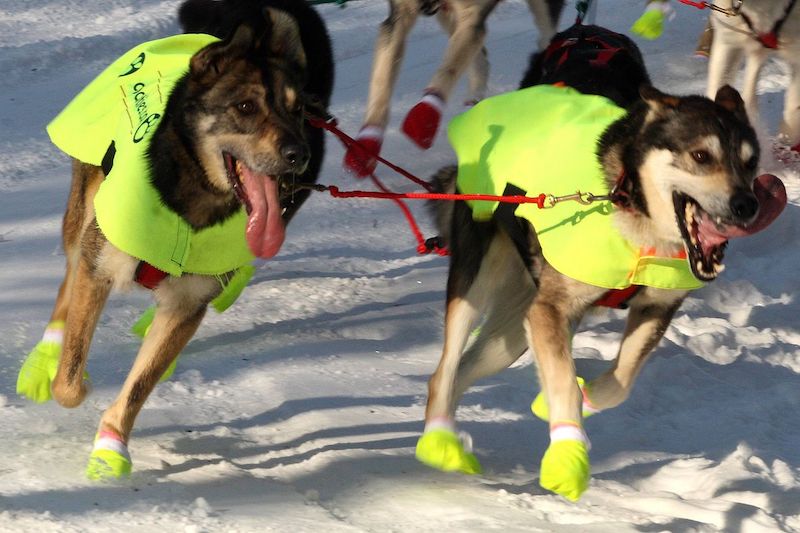The 2020 Iditarod got underway this past weekend, with the ceremonial start taking place on Saturday in Anchorage. That was followed by the restart at Willow on Sunday, which is where the real race began. Now, two full days into the event, the leaderboard includes some very familiar names. We’re also starting to see some strategy play out on the course, as some mushers take opportunities to rest, while others push forward.
The first strategic checkpoint in this year’s race appears to be Rohn, which falls 188 miles (302 km) into the thousand mile race. Iditarod veteran Aaron Burmeister was the first to arrive in that town, but chose to take a 4 hour and 46 minute rest there. That now has him running in 11th place overall as of this writing. Four-time champion Lance Mackey made a similar move, clocking just over four hours of rest before leaving, which has him in tenth place out on the course. Meanwhile, Thomas Waerner leads in the overall standings, having made up time by spending just 9 minutes in Rohn. Not far behind him are Joar Leifseth Ulsom and Jessie Royer, who are running in second and third, after similarly short breaks.
The question at the moment is, whether or not it was a good move to take a break in Rohn or to press on? Considering we’re so early in the race however, it seems like a good place to stop for a rest. As a reminder, all the teams need to take both a mandatory 8 hour rest and 24 hour rest at some point in the event, with the timing of both playing a huge role in the success of the winner. Right now, the potential favorites and contenders are still jockeying for position and rarely does a true leader emerge from the pack at this stage of the race. But, it is little moves like keeping the dogs—and the musher—rested that can pay big dividends down the line.
Unlike in recent years, there isn’t much fear over not having enough snow. On more than one occasion, the race course has been altered due to a lack of powder on the ground, but that isn’t the case this season. Alaska is not only experiencing one of its coldest winters in then past two decades, it has seen plenty of snowfall this season too. As a result, some sections of the Iditarod trail have more than 5 feet (1.5 meters) of snow, which will actually make dog sledding very tough. As a result, some of the times between checkpoints are expected to be slower, which is why some of the veteran mushers may be taking some longer breaks now to help conserve the strength of their dogs later on.
We’re currently less than 200 miles (321 km) in to this year’s race and it is impossible to predict who will emerge as the odds on favorite at the moment. Still, there are some very experienced men and women in the top 10-15, which should make it interesting coming down the stretch. I’ll continue to keep an eye on the race moving forward as the teams enter the crucial days ahead.
- Gear Review: The Xero Scrambler Mid is an Ultralight Hiking Shoe for Spring - March 1, 2023
- Gear Review: Yeti Roadie 48 Wheeled Cooler - August 18, 2022
- Kristin Harila Continues Pursuit of 8000-Meter Speed Record - August 16, 2022
